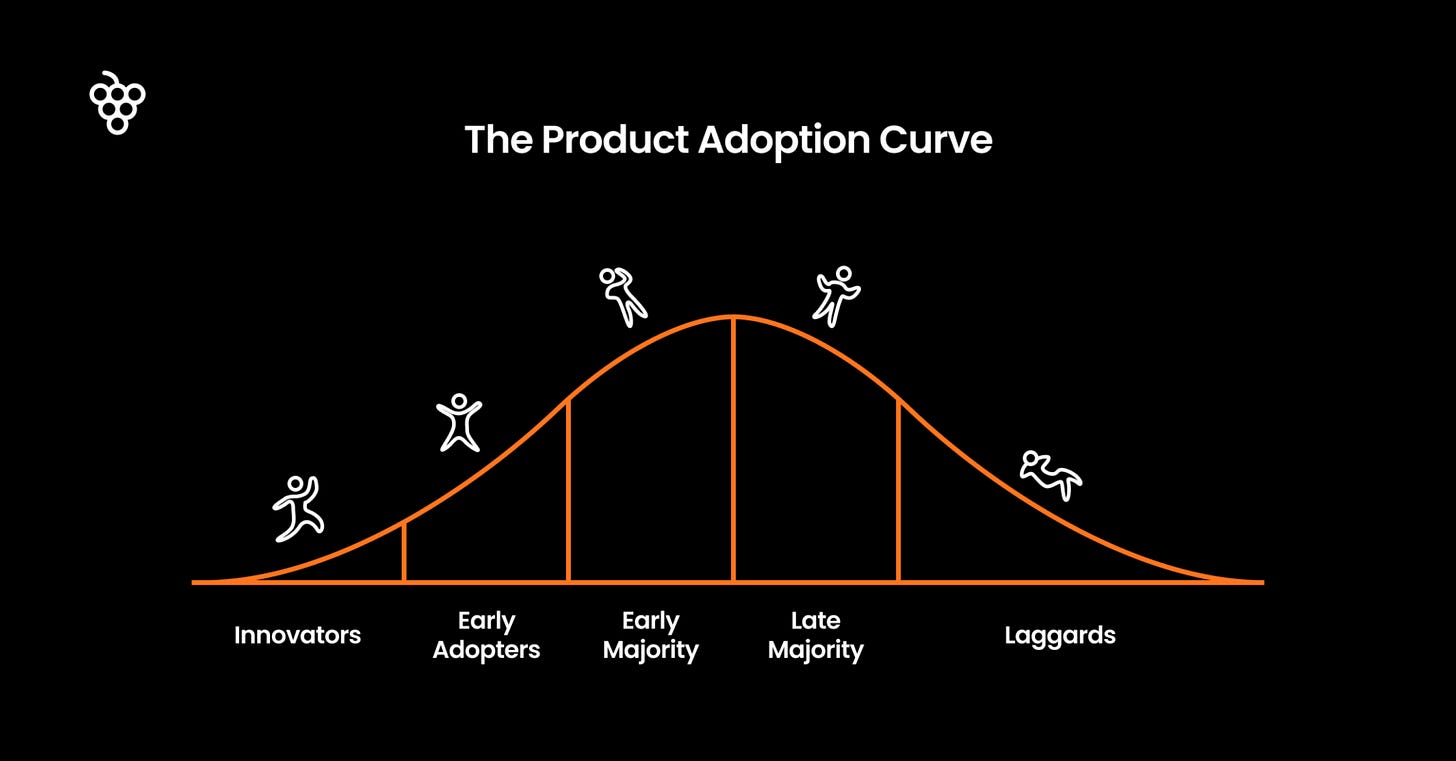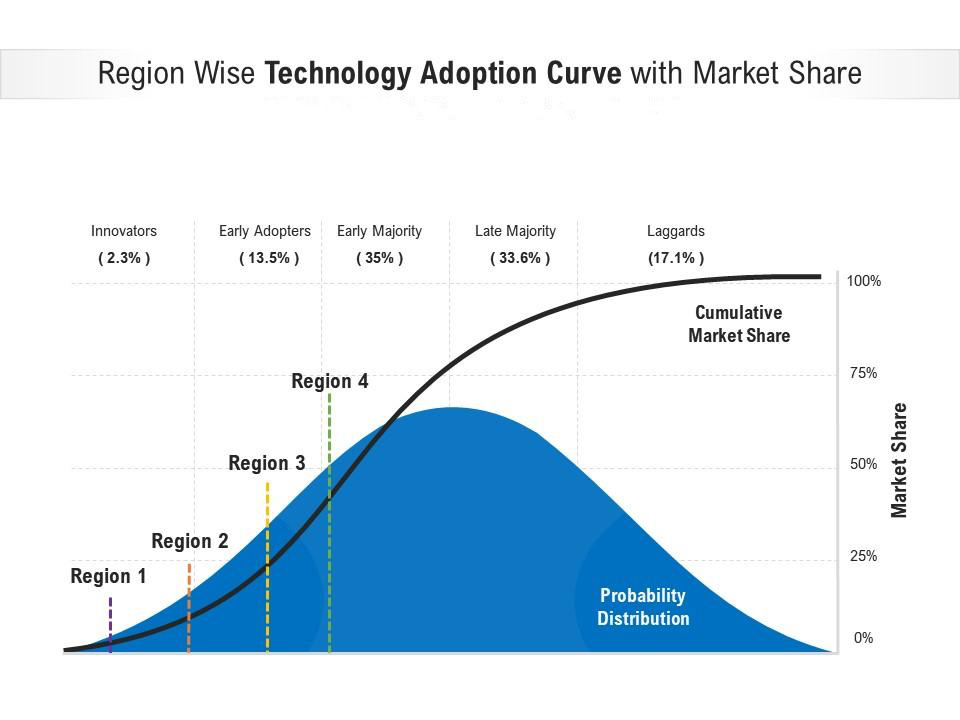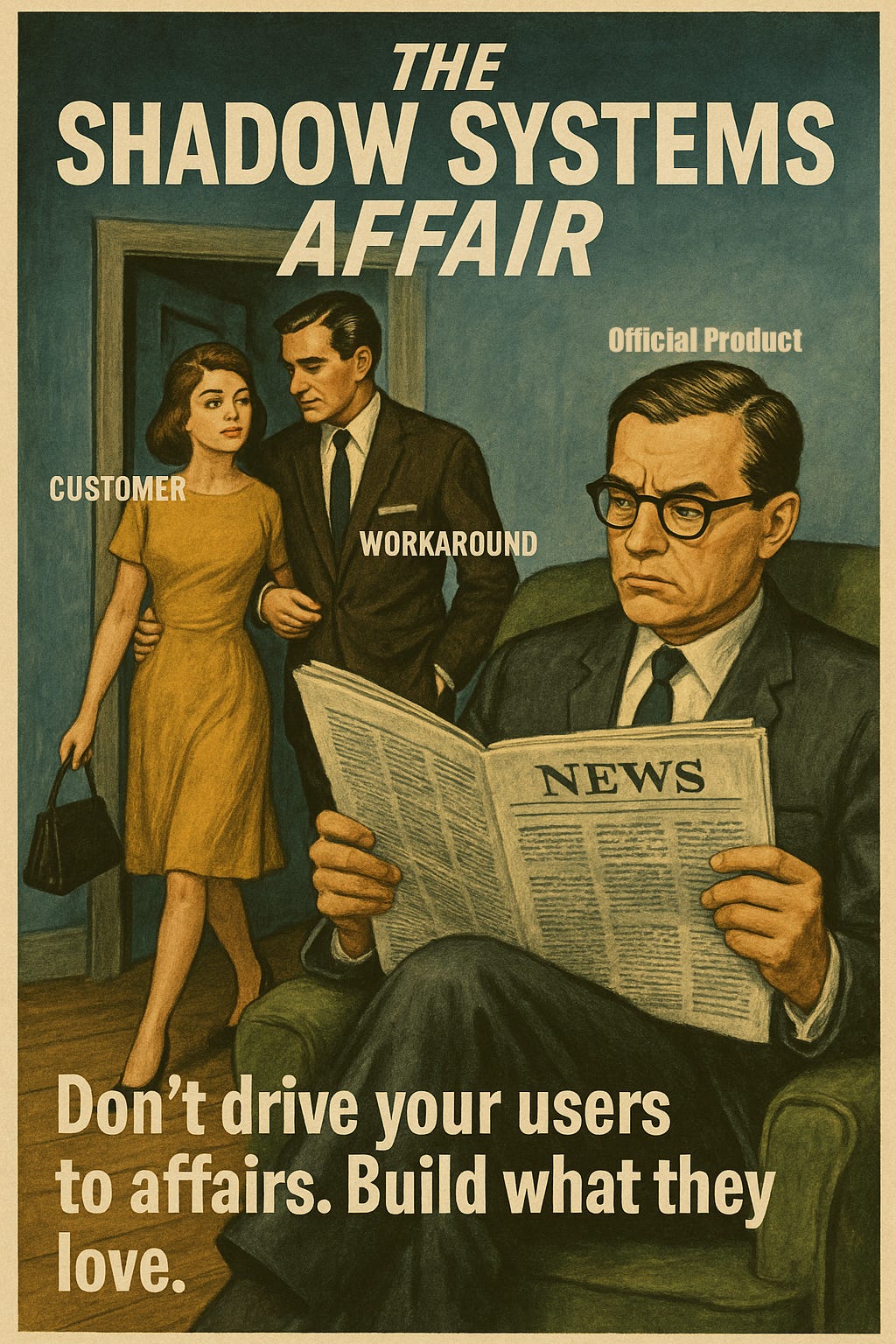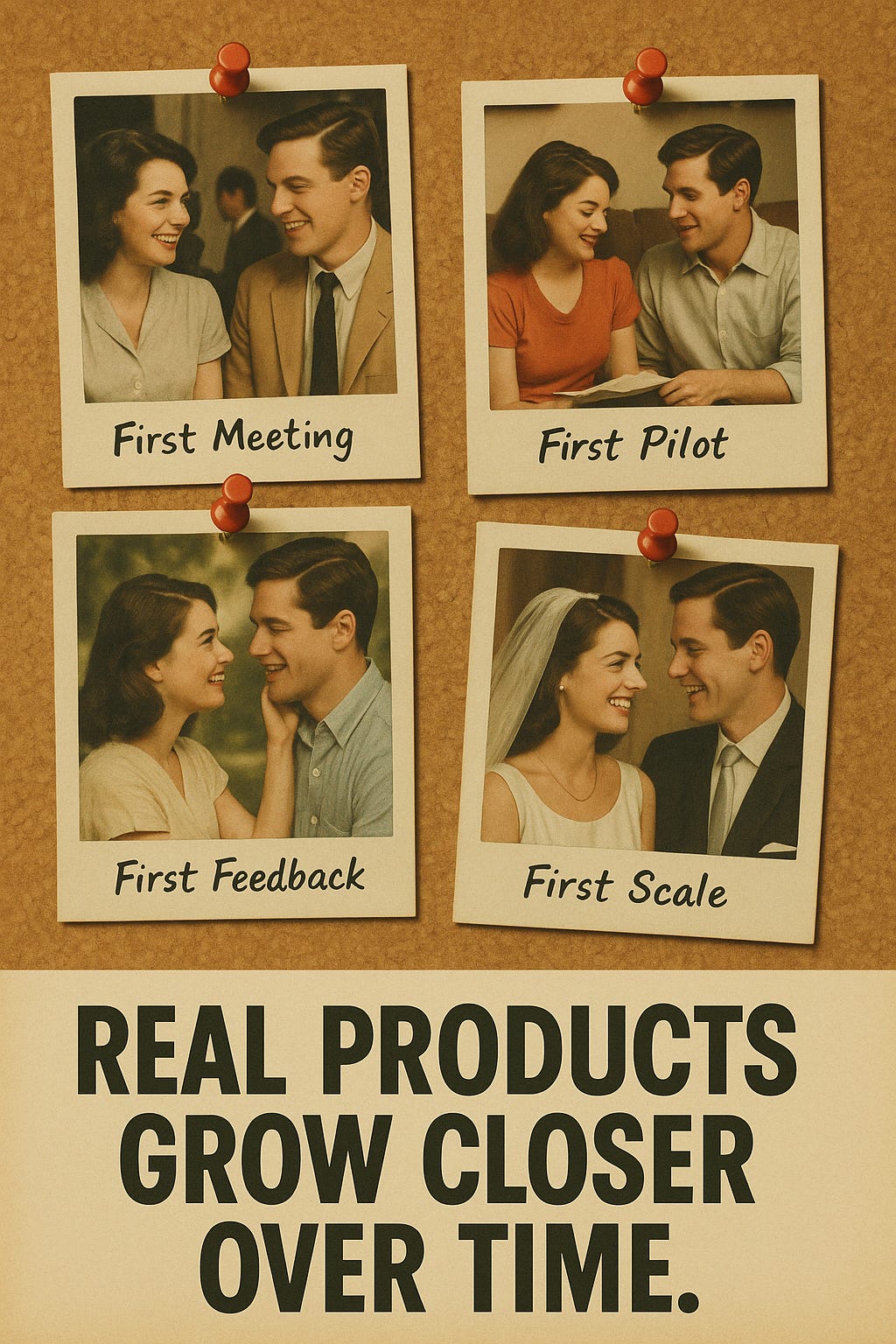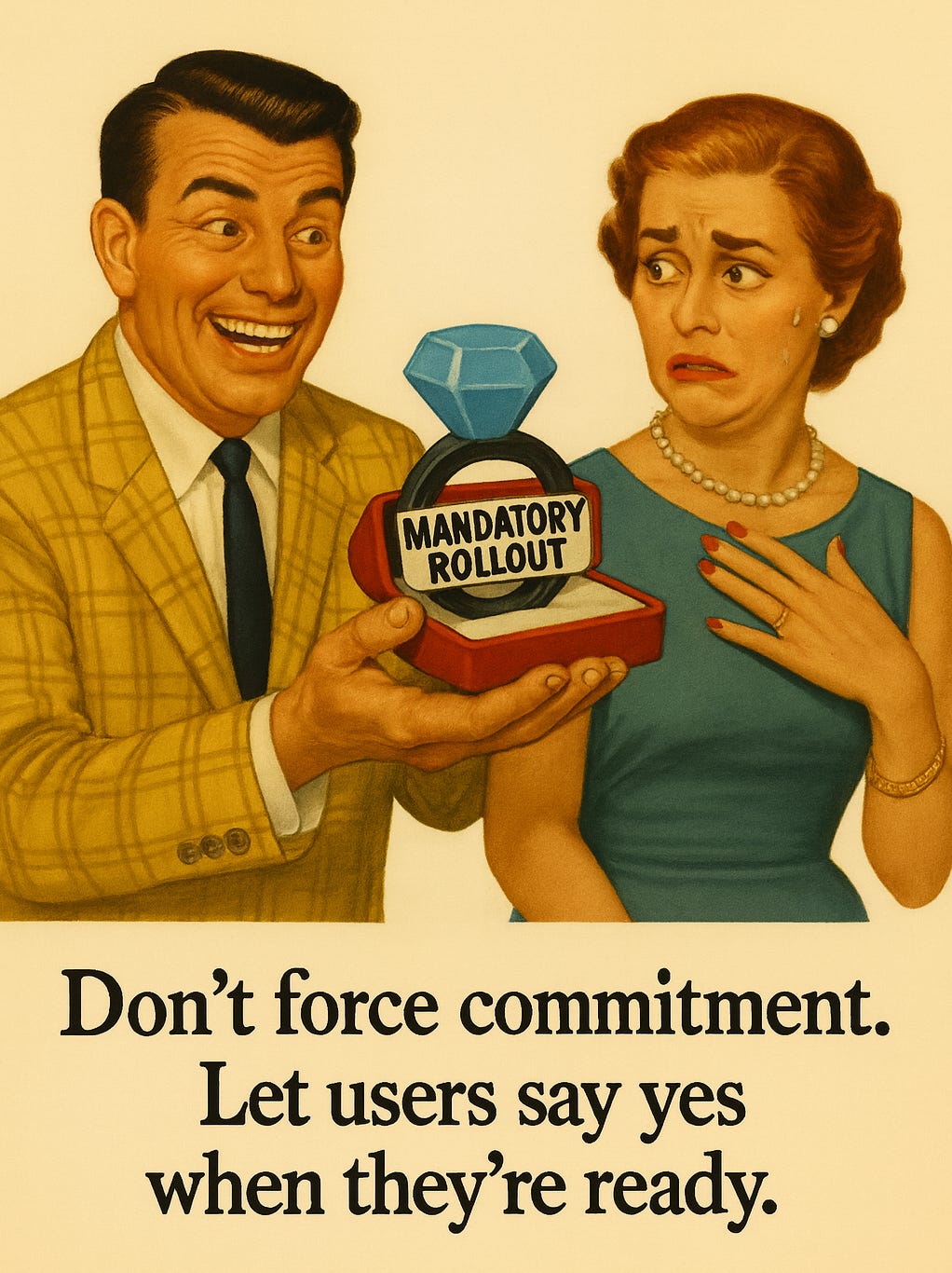Don’t Make Your Product Launch an Arranged Marriage
Why adoption is built through courtship, not arrangement
Love at First Launch? Not Likely
Most launches fail not because the product is bad — but because the romance never started.
That’s where DoctorMarket.fit comes in.
Jeroen Coelen doesn’t just help founders launch. He helps them court adoption.
A launch email alone is the corporate equivalent of proposing on the first date.
Early adoption rarely happens because of “the plan.” It happens because you win trust in small steps.
Founders often mistake “visibility” for “traction” — but a big announcement doesn’t mean anyone cares.
Adoption isn’t arranged. It’s courted. Here’s how to build it, one move at a time.
Pitch
Too many leaders expect their launch to work like an arranged marriage — a single announcement, and boom, commitment.
But love doesn’t happen through memos. It happens through moments.
Here’s how to avoid awkward silence at the altar and instead build real adoption, step by step.
Adoption doesn’t spike — it compounds. The “S-curve” of real traction starts slow, accelerates once trust builds, and levels off as you reach late adopters.
Cohort analysis reveals the slow burn of trust. Each wave of users grows faster once the previous group shares its success story.
Courtship Beats Ceremony
Adoption isn’t arranged. It’s earned. The big reveal? That’s just the champagne toast — not the courtship.
At best, you get polite, light applause. At worst, everyone sneaks out early.
Instead, think of adoption as a courtship. You don’t marry on the first date — you show up consistently, listen, and build trust.
Five Courtship Moves That Win Real Adoption
🧠 Pro tip: If you can’t name your early adopters by name, you’re not ready to launch
1. Start Small with a Tiger Team
Don’t roll out to the whole company
Practical: Pick 5–10 early adopters who are motivated and curious.
What it looks like: A “coffee date” to test chemistry, collect feedback, and adjust.
If sparks fly here, scaling becomes a natural next step.
When we introduced a new project-tracking tool at a 200-person firm, our first 10 testers weren’t executives — they were the most curious team leads. Within weeks, they were the ones convincing everyone else to try it. We didn’t push adoption — we courted it.
2. Find Champions Who Vouch
In dating, a friend’s endorsement goes further than a dating app bio. Same with adoption.
Practical: Identify one respected voice in each department.
What it looks like: They introduce your product in meetings, share wins, and reduce skepticism.
Trust transfers faster when the recommendation comes from inside.
3. Iterative Rollouts = Build Momentum
No one falls in love after one date; adoption builds in moments.
Practical: Break rollout into milestones — pilot → small scale → larger scale.
What it looks like: Each stage feels like a “second date,” deepening trust without overwhelming anyone.
Momentum matters more than one big splash.
4. Measure Engagement, Not Attendance
Big wedding guest lists don’t guarantee a happy marriage.
Practical: Stop tracking vanity metrics like licenses purchased.
What it looks like: Instead, track engagement: daily active users, organic referrals, internal buzz.
True adoption = repeat dates, not RSVPs.
5. Avoid the ‘Pride & Prejudice’ Trap
Every relationship has quirks. Don’t smother adoption with rigid etiquette and scripts.
Practical: Leave room for feedback loops and user fingerprints.
What it looks like: Customers adapt the tool in their own way, and you integrate those adaptations into the roadmap.
That shared adventure creates ownership.
Wrap-Up
Stop planning the wedding. Go on the date.
Because adoption isn’t a vow — it’s a relationship. And relationships thrive on trust, not announcements.




